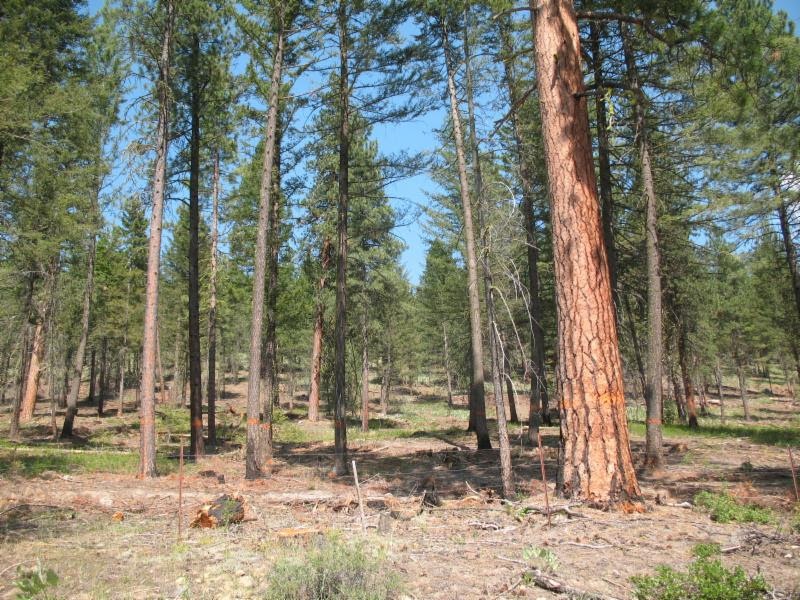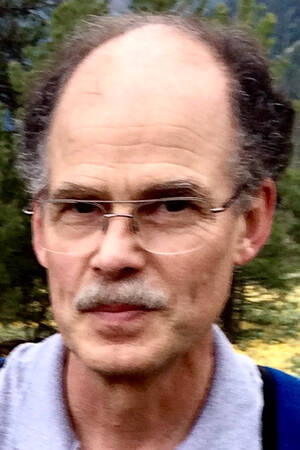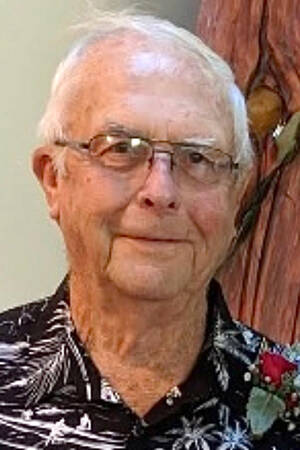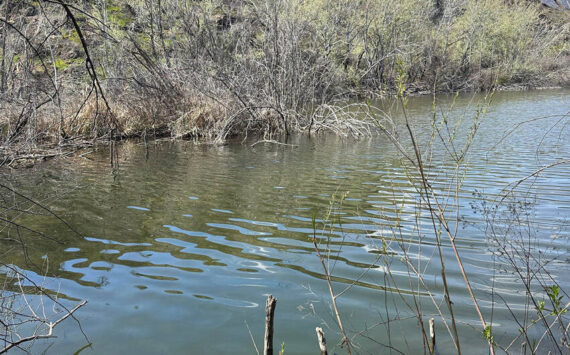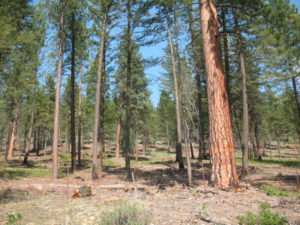
A stand of Ponderosa pine above Winthrop, WA stands on a track toward health and reduced crown fire risk after commercial thinning operations in 2012. Similar work is planned in some of the Mission Project area.
TWISP – Beginning as soon as this fall, thousands of acres in the Methow Valley near the community of Twisp will be on track for much needed mechanical thinning, prescribed fire, and other restoration work- work that will benefit the area for decades to come.
“This decision is a win for wildlife, water quality, reducing fire risk, the local economy, and so much more,” said USFS Timber Management Assistant, Paul Nash. “In strong partnership with the local community and forest stakeholders, we are proactively restoring the Libby Creek and Buttermilk landscape.”
Final decision highlights:
- Over the next 15 years, good fire will be returned to the landscape, reducing hazardous fuels on approximately 10,200 acres with no more than 2,000 acres burned per year.
- Long-term water quality and aquatic habitat would be improved throughout the watershed with the replacement of eight undersized culverts.
- Commercial thinning would help restore dense, overcrowded forests on 1,853 acres while non-commercial thinning is planned on just over 8,300 acres.
- Elevated risk of crown fire would be reduced across the project area, including areas where private or state lands meet federal lands.
- The project is projected to generate more than $3.2 million dollars in timber value at the mill and support more than 172 jobs.
- More than 66 miles of roads would remain open to provide for sustainable and safe forest recreation access.
- Firewood cutting opportunities would exist wherever feasible, after commercial and non-commercial thinning operations have been completed.
- More than 460 sites are planned for soil restoration to increase watershed function.
“We reviewed feedback and concerns from more than 900 comments over the past two and a half years to reach this decision,” added Nash, “Thank you to everyone who lent their voice to the important work of forest restoration.”
The project record and decision notice are available at go.usa.gov/xUVqq. The very first commercial thinning sale from the project will be a stewardship sale whereby proceeds from the sale will be utilized to fund additional restoration work including aspen regeneration and wetland habitat enhancement.
